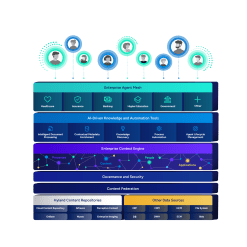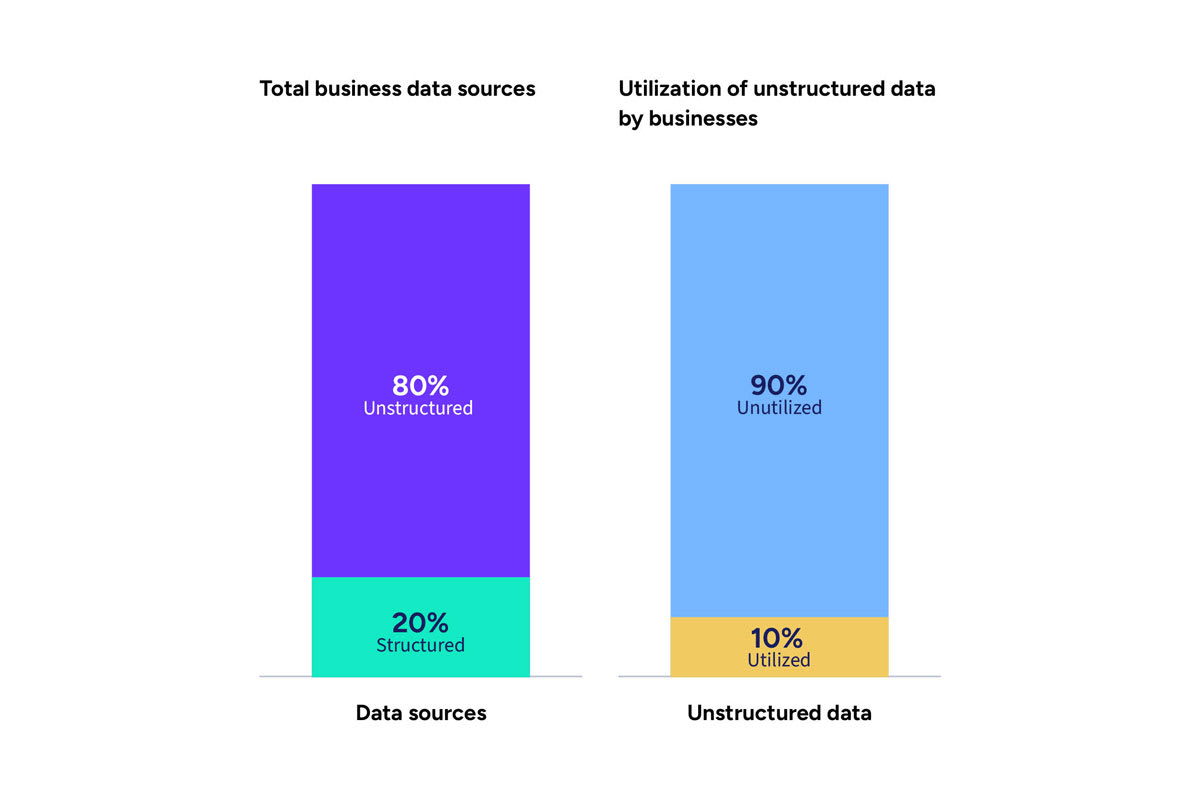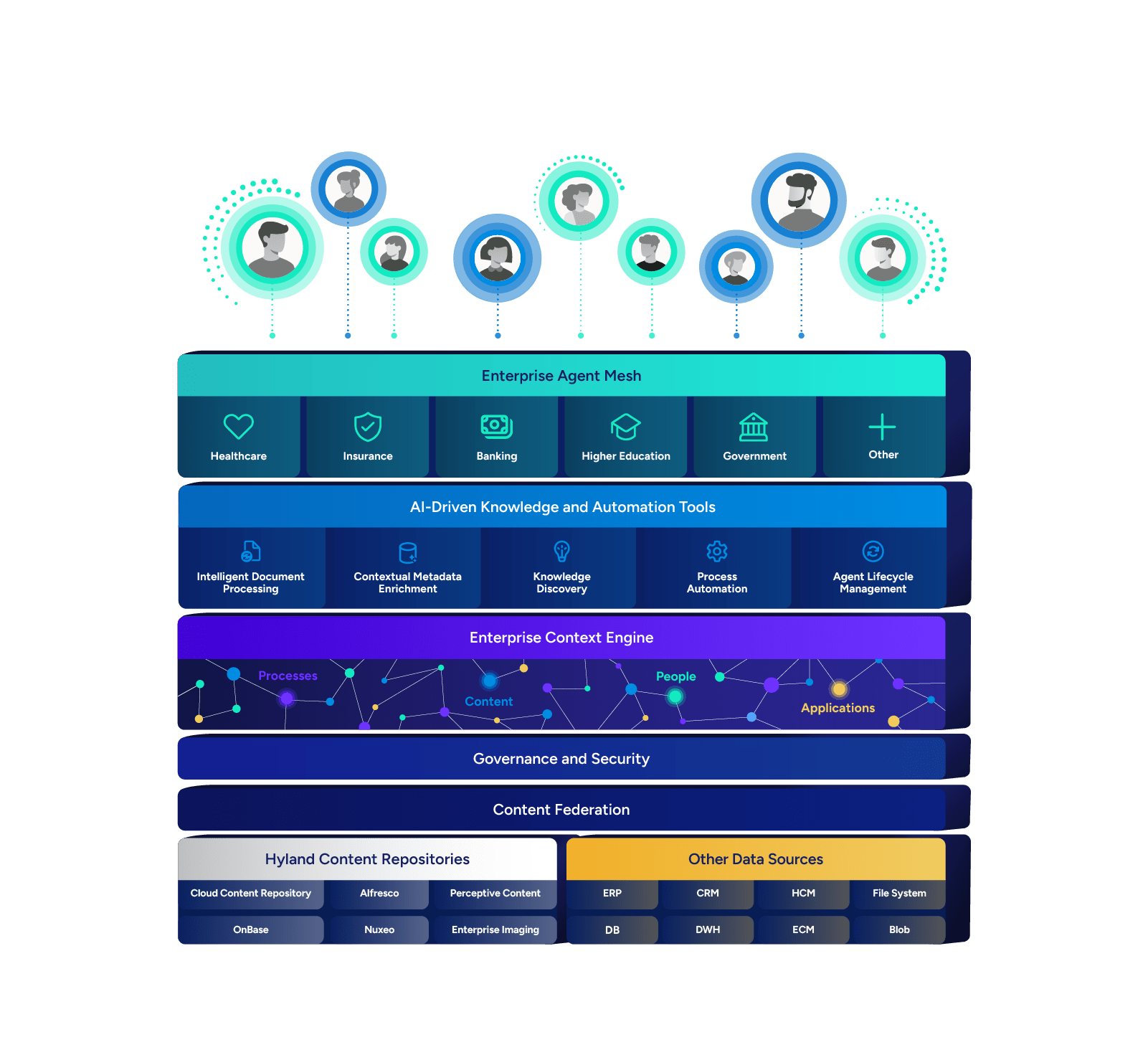Navigating the challenges: How to unlock the value of unstructured data
Transforming unstructured data from a challenge into a strategic asset requires addressing its inherent complexities head-on. The key lies in converting this raw, unorganized content into something structured, searchable and actionable – essentially making it "AI-ready."
Key approaches to unlock the value include:
Data curation and structuring
This involves transforming and normalizing unstructured data into clean, usable formats. Tools capable of inspecting, extracting and transforming content from diverse file types are essential to standardize data while preserving its original context and logical structure.
Context enrichment
Enhancing unstructured data by linking it with relevant contextual information improves searchability, analytical processing and decision-making. This goes beyond basic metadata to build richer connections between data points.
Semantic preservation
This ensures that data keeps its original meaning and context, which is important for both AI and humans. It preserves relationships like table rows and columns, as well as layouts like text positioning, even when converting to formats like HTML, CSV, or Markdown.
Multimodal and rich media support
Extracting information from images, audio and video is important. This means describing images, detecting objects, creating accurate audio transcripts with speaker names and identifying key scenes in videos. Making media content ready for AI allows for more data to be analyzed.
Automated metadata tagging and entity recognition
Using AI to automatically identify key elements (objects, scenes, text) in images and recognize entities (people, organizations, locations) in documents, assigning contextual meaning. This streamlines categorization, enhances searchability and fuels automated workflows.
Leveraging AI and machine learning
Advanced algorithms are used to classify, extract and analyze patterns within unstructured data. This significantly eases the process of turning raw content into meaningful information. This includes utilizing AI agents to perform specific content-driven tasks.
> Read more | Explore the power of AI Agents
Data integration
Seamlessly combining unstructured data with structured datasets is necessary to provide comprehensive insights. Robust integration tools and cross-functional teams are needed to harmonize data from different sources.
By implementing these strategies, organizations can embed intelligence early in the data workflow, ensuring content is optimized for downstream applications as soon as it is ingested.
> Read more | Powering your content with AI


















